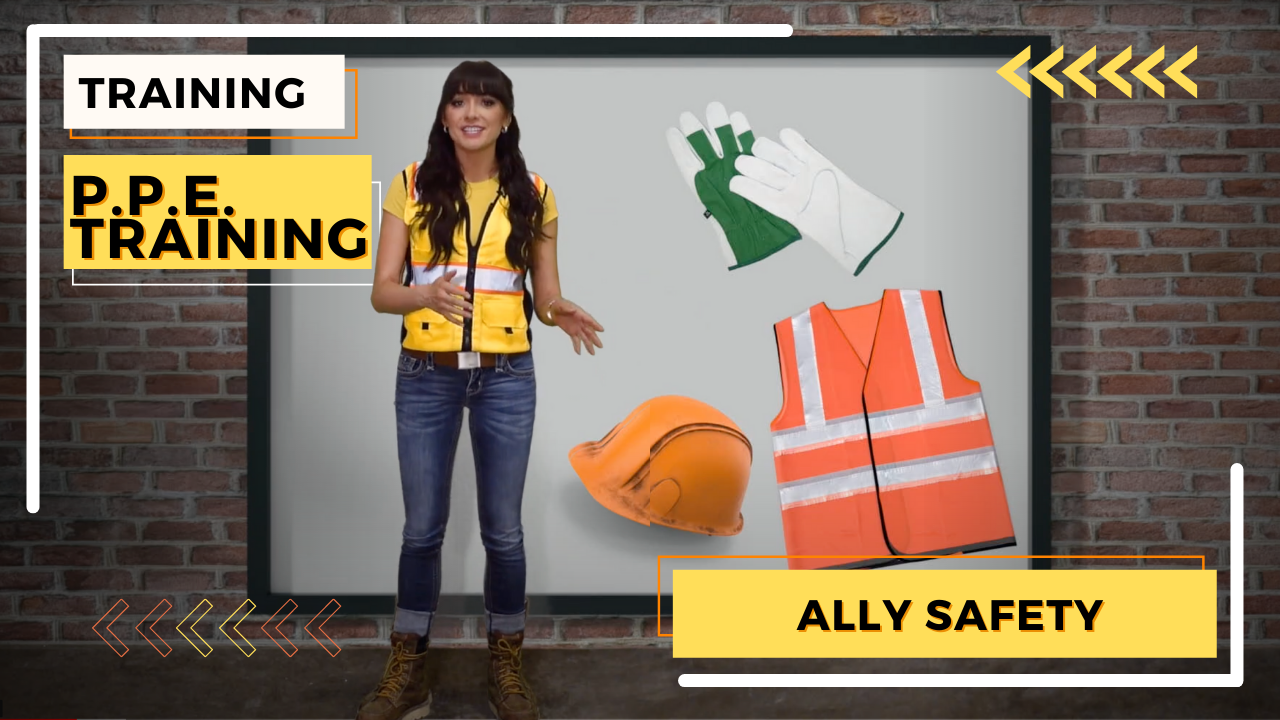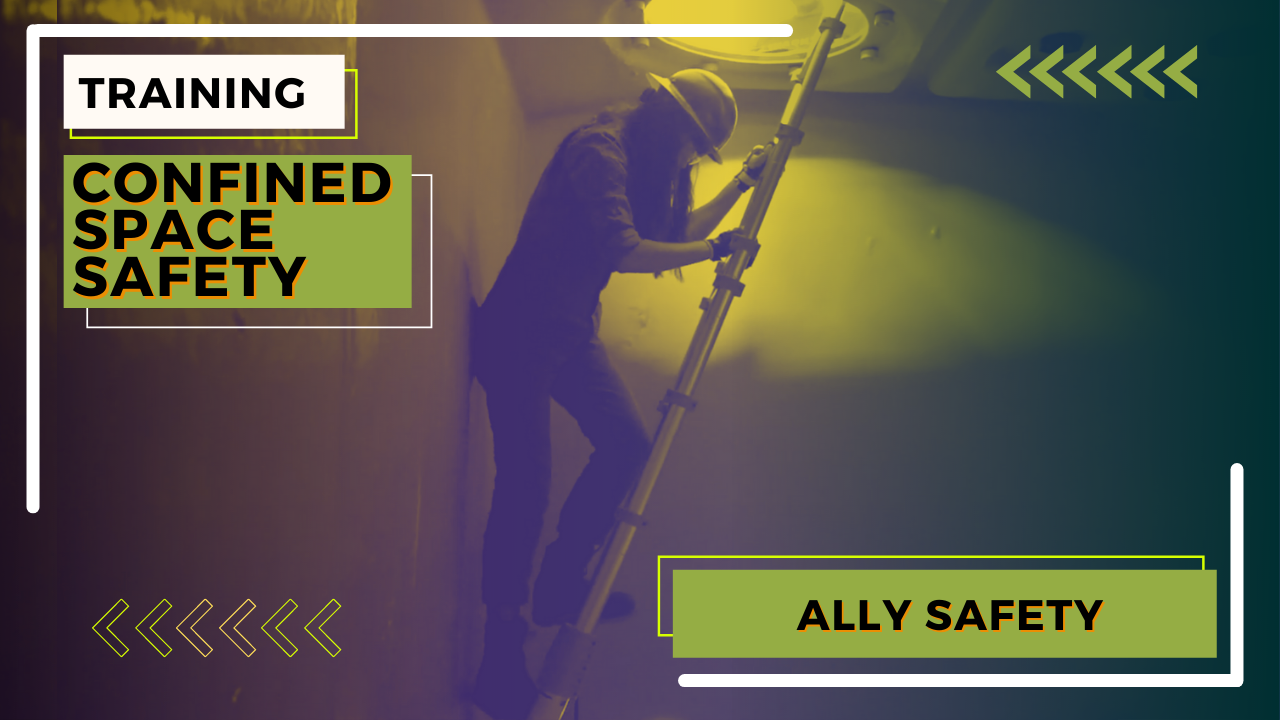In the fast-paced world of heavy industries, keeping workers safe is crucial. Personal Protective Equipment (PPE) is the frontline defense against workplace hazards. From helmets to gloves, PPE acts as a shield, protecting workers from potential dangers. For more on this, explore our PPE Toolbox Talk.
PPE isn't just a suggestion—it's essential. The Occupational Safety and Health Administration (OSHA) highlights its importance in regulations, making it a key part of safety protocols. By adhering to these guidelines, companies can significantly reduce the risk of injuries. Discover more about our full PPE Safety Training.
The Evolution of Personal Protective Equipment
PPE has evolved significantly to meet workplace safety demands. Initially, PPE was basic—think leather gloves and simple helmets. As industries advanced, so did the need for better protection. Key developments include:
- Hard Hats: Introduced in the early 20th century, they revolutionized head protection in construction.
- Respirators: Developed during World War I, they set the stage for modern respiratory gear.
- Specialized Gloves and Goggles: Tailored for specific tasks, enhancing safety and productivity.
These advancements have shaped today's safety standards, ensuring workers are better protected. As industries evolve, so does PPE, adapting to new challenges. For an in-depth look, see Unmasked: A brief history of PPE.
Essential PPE Equipment for Heavy Industries
In heavy industries, PPE is vital. Here's a breakdown of essential safety gear:
- Helmets: Guard against head injuries from falling objects.
- Gloves: Protect hands from cuts and chemicals.
- Goggles: Shield eyes from debris and harmful substances.
- Earplugs or Earmuffs: Prevent hearing loss from loud noise.
- Respirators: Protect against inhaling hazardous materials.
- Steel-toed Boots: Safeguard feet from heavy objects.
- High-visibility Clothing: Ensures visibility in low-light conditions.
Each piece plays a critical role in reducing risks, like helmets on construction sites or respirators in environments with airborne hazards.
Innovations and Challenges in Safety Gear PPE
PPE is constantly improving with new technologies enhancing safety and comfort. Recent innovations include:
- Smart Helmets: Feature sensors for monitoring conditions and health.
- Advanced Respirators: Offer better filtration for improved air quality.
- Lightweight Materials: Reduce PPE weight without sacrificing protection.
These advancements make PPE more user-friendly, encouraging compliance. For more, see Latest PPE innovations for Workplace Safety.
Challenges remain, such as ensuring consistent use, fit, and managing costs. Employers can address these by:
- Regular training on PPE importance and use.
- Ensuring comfortable, well-fitted gear.
- Investing in quality PPE as a safety priority.
By tackling these issues, companies can enhance safety compliance and create a safer workplace.
Implementing PPE Programs Successfully
Creating a strong PPE program is key to workplace safety. Here are steps to implement effective PPE programs:
- Assessment and Planning: Evaluate workplace hazards to determine necessary PPE.
- Employee Involvement: Engage workers in selecting and testing PPE for better compliance.
- Training and Education: Offer ongoing training on PPE use and maintenance.
- Regular Review: Update PPE programs with the latest innovations and address new challenges.
- Documentation: Keep detailed records of PPE assessments and training. Consider our OSHA Required Written Program Package.
For more on effective PPE implementation, read this article on PPE implementation in healthcare.
Reinforcing the Importance of PPE in Workplace Safety
PPE is crucial for maintaining a safe workplace, especially in high-risk industries. Here's a recap:
- PPE protects workers and ensures OSHA compliance.
- Its evolution has improved safety standards significantly.
- Innovations enhance comfort and safety, though challenges persist.
- Effective programs require planning, updates, and employee involvement.
Staying informed about safety gear advancements is vital for a safe work culture. At Ally Safety, our Toolbox Talk Video Membership offers a library of safety training videos to keep your team engaged and informed, ensuring a safer workplace for all.



Leave a comment
All comments are moderated before being published.
This site is protected by hCaptcha and the hCaptcha Privacy Policy and Terms of Service apply.